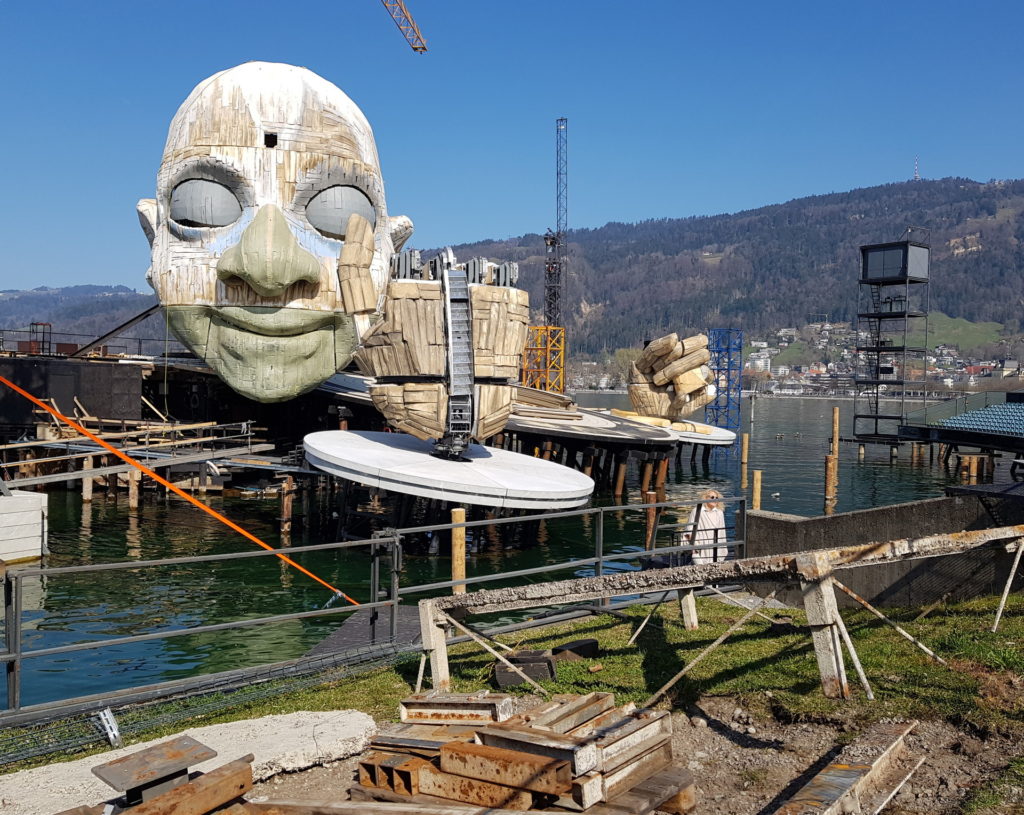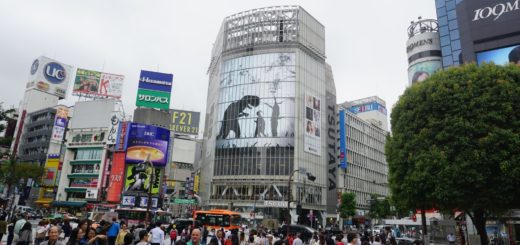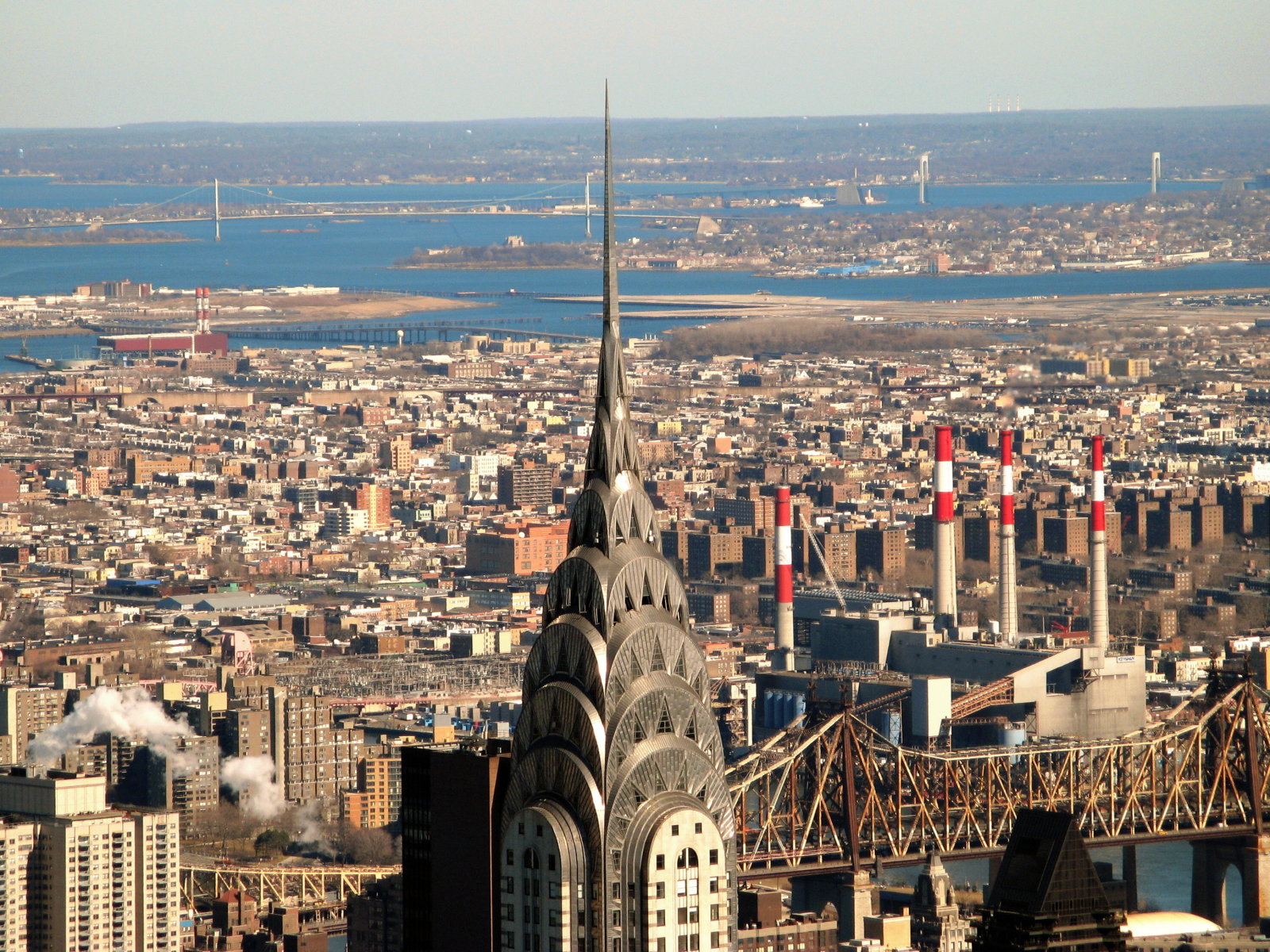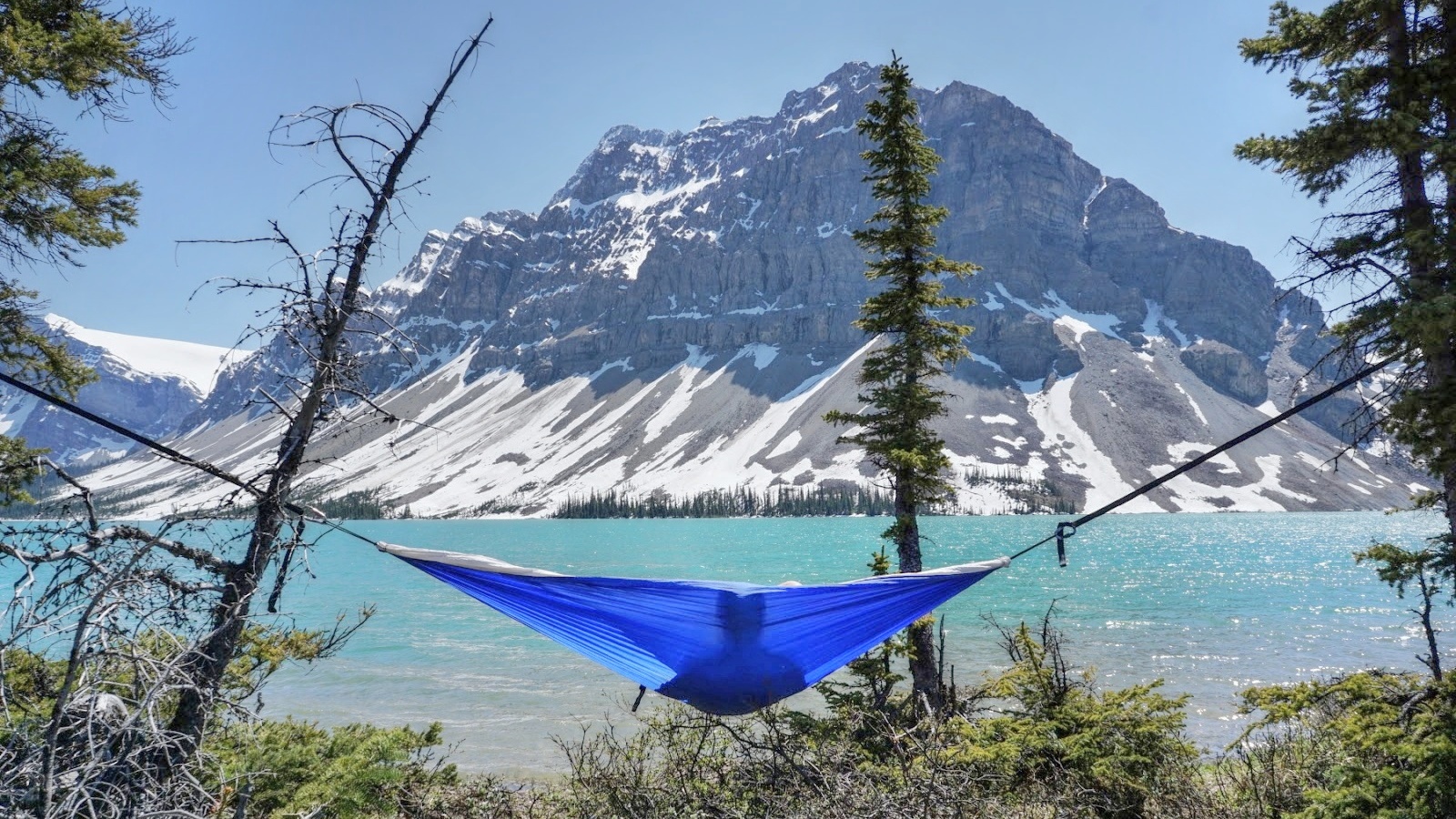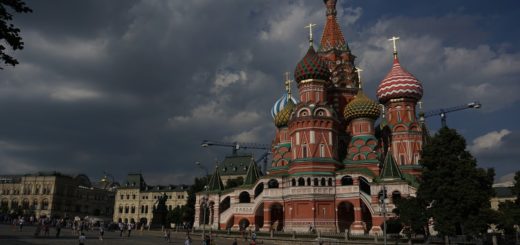Cape Town
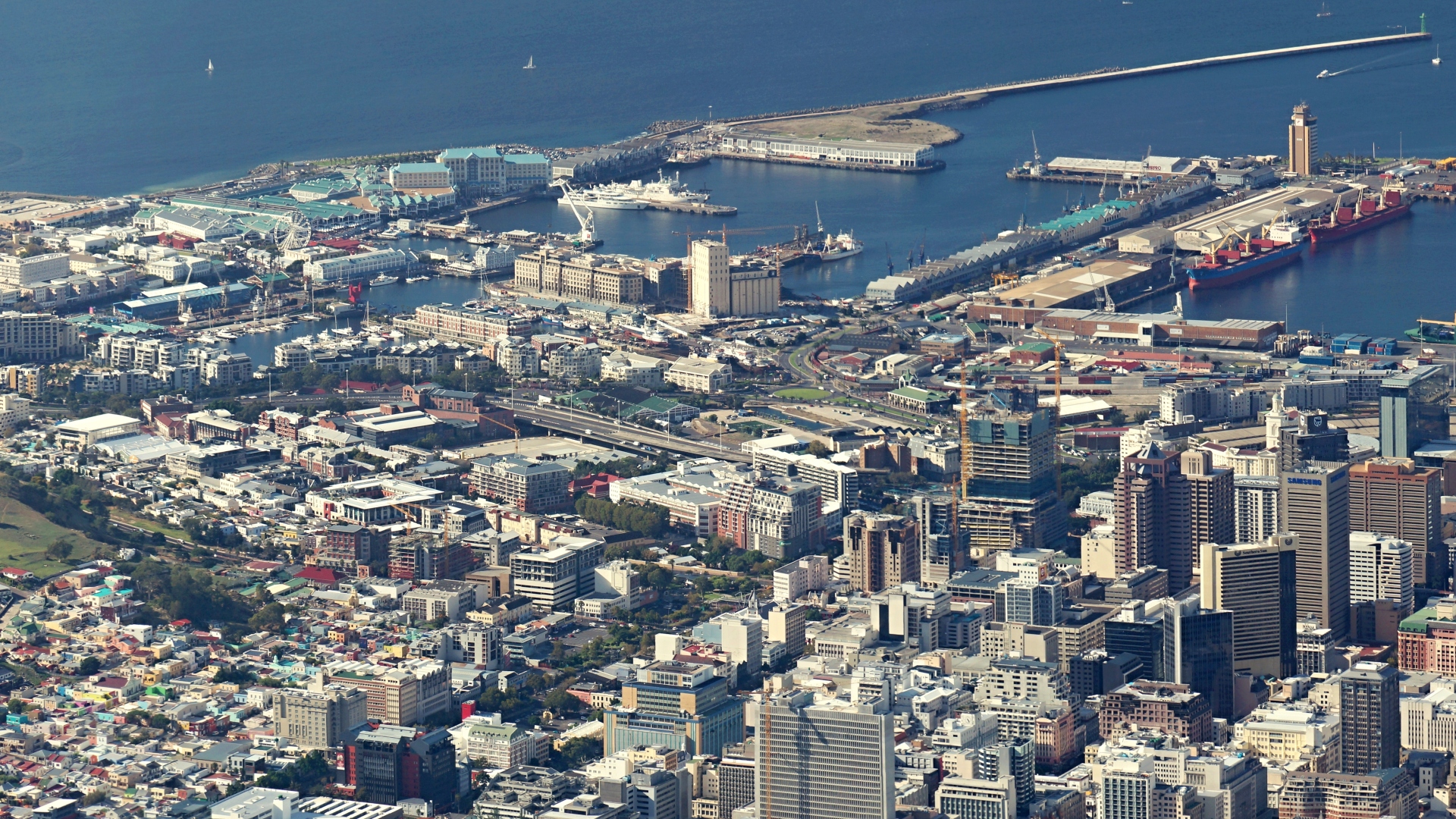
Blog is almost finished! Fine tuning necessary by Renate and Dietmar!
Cape Town (or Kaapstad in Afrikaans) is one of the largest cities in South Africa and is the capital of the province of the Western Cape. In 2011, the capital had a population of just over 440,000 and the metropolitan region around 3,750,000.
Cape Town takes its name from the Cape of Good Hope, which lies about 45 kilometres to the south. Cape Town is a fascinating city with a rich history, breathtaking landscapes and a wide range of leisure activities. Connoisseurs say it is one of the most beautiful cities in the world, together with Rio de Janeiero. Cape Town offers a variety of sights such as
- Table Mountain: A visit to Cape Town is not complete without a trip up Table Mountain. We took the cable car up Table Mountain to enjoy a breathtaking view of the city and the sea.
- V&A Waterfront: This lively harbour area is a great place for strolling, shopping, dining and entertainment. There are many restaurants, shops and even the Two Oceans Aquarium.
- Cape of Good Hope: A scenic drive along the coastal Chapman’s Peak Drive took us to the Cape of Good Hope, a spectacular nature reserve. The scenery is breathtaking and we saw lots of wildlife.
- Bo-Kaap: A colourful district with narrow streets and colourful houses. Here we were able to experience the cultural diversity of the city and savour traditional Cape Malay dishes.
Table of Contents
Flight to Cape Town – We have arrived, 15.03.2013
Table Mountain is not only a natural wonder, but also a cultural and historical symbol of Cape Town. It is closely linked to the history of the city and has played an important role in the development of Cape Town over the years.
After approx. 220 km by train, 9400 km flight (8125 km from Frankfurt to Windhoek, 1275 km from Windhoek to Cape Town) and approx. 24 km by taxi in Cape Town, we arrived relaxed at our accommodation De Waterkant House.
Accommodation: Hotel De Waterkant House at 33 Napier St. (corner of Loader St/Napier St.). Interesting the swimming pool in front of the hotel and the view of Table Mountain.
We started our trip with Renate and Dietmar – full of adventures big and small – from Stuttgart Central Station on the morning of 14 March 2013. We travelled by ICE to Frankfurt Airport. We arrived punctually at Terminal 3. On an overnight flight with Namib Air, we flew safely to Windhoek on an A320. During the night flight, we were able to enjoy a breathtaking sunrise in the early morning. After a short stopover in Windhoek, we travelled to Cape Town on a South Africans Airlines plane.
In a taxi provided by the hotel, we enjoyed the pleasant journey past countless townships to our destination, Hotel De Waterkant House in Cape Town. We arrived around midday on 15 March 2013.
After checking in and briefly exploring the hotel and the “huge” swimming pool, we made our way to the Victoria & Alfred Waterfront.
On the way, we discovered the cosy breakfast café Village Cafe at 159 Waterkant St.. We enjoyed our breakfast here every day, cosy and delicious.
We continued via Battery Park to the V&A Waterfront. At the Speeltuin we enjoyed the music of seven talented singers. During our ride on the Ferris wheel, we enjoyed the marvellous view of the Waterfront and Table Mountain, which was usually slightly covered in clouds. Dinner at the Waterfront rounded off a marvellous day.
The explanations given in quotes were created by ChatGPT.
The Victoria & Alfred Waterfront (ChapGPT, 02.02.2024) is an iconic harbour area in Cape Town, South Africa, named after Queen Victoria and her son Prince Alfred. It is a popular tourist destination and a vibrant centre for entertainment, shopping, dining and cultural activities.
Originally a trading port, the Waterfront has been transformed over the years into a vibrant neighbourhood that combines historic charm with modern infrastructure. Visitors can enjoy a variety of attractions here, including local craft shops, art galleries, museums and venues for live music and theatre.
A highlight of the Victoria & Alfred Waterfront is the Two Oceans Aquarium, which showcases a fascinating variety of marine life from the Indian and Atlantic Oceans. Boat tours along the coast of Cape Town also depart from here, giving visitors the opportunity to explore the breathtaking coastal landscape and the surrounding mountains.
In addition, the Waterfront offers a wide range of restaurants, from fine international cuisine to relaxed cafés overlooking the water. It is also a favourite meeting place for locals and tourists alike to simply relax, soak up the atmosphere and watch the hustle and bustle.
Overall, the Victoria & Alfred Waterfront is a vibrant and eclectic place that attracts visitors from all over the world and is an important symbol of Cape Town’s vibrant culture and economy.
Cape Town and Table Mountain, 16.03.2013
Table Mountain is a favourite destination for hikers, nature lovers and adventurers. There are a variety of hiking trails that ascend the mountain, from easy walks to challenging hikes. The views from the top of Table Mountain are breathtaking, offering panoramic views of Cape Town and the surrounding countryside.
Today we enjoyed a 20km hop-on hop-off bus tour with various stops along the way.
The day began with breakfast at the Village Cafe, 159 Waterkant St.. We were able to watch the shooting of a film. The amount of effort that went into it must have been for a well-known South African blockbuster!
Well fortified, we went into the city. Our first address was the point where Strand St. merges into New Market St.. There we had a marvellous view of City Hall, with Lions Head in the background.
We continued past the Parliament of the Republic of South Africa to The Company’s Garden – Rose Garden. We were accompanied by acrobatic young dancers. Our next destination was the colourful Bo-Kaap, where we passed magnificent buildings. The colourful buildings were impressive. A must-see when you are in Cape Town.
The weather was glorious, Table Mountain was cloudless. Seizing the opportunity, we boarded a red hop-on hop-off bus that took us directly to the valley station of the cable car. By 2.30 pm we were already on Table Mountain. Incredible, what a view. We spent around 3 hours exploring almost the entire Table Mountain, not a cloud disturbed our eagerness to explore. We were even able to explore the Top of Platteklip Gorge. Shortly before Maclear’s Beacon we had to make our way back to the Upper Cable Car Station.
Back at the foot of Table Mountain, we travelled by bus on Camps Bay Dr. between Table Mountain and Lions Head to Clifton Beach and on to Clifton View. There we had a marvellous view of the 12 Apostles. We continued past Seapoint to the Cape Town Stadium. We then strolled on foot to the Cubana Cafe. Here the contrasts of Cape Town became visible. Exclusive red sports cars in front of the café and beggars on the other side of the street. A small snack and great cold drinks in the café rounded off the day.
Bo-Kaap (ChapGPT, 02.02.2024) is a historic neighbourhood in Cape Town, South Africa, known for its vibrant, colourful houses and rich cultural diversity. Originally known as the Malay Quarter, Bo-Kaap was inhabited by former slaves brought to South Africa by the Dutch and later the British. This community came mainly from Indonesia, Malaysia and other parts of Africa.
The distinctive, colourful houses of Bo-Kaap are a characteristic feature of the neighbourhood and attract visitors from all over the world. The vibrant colours of the buildings are part of the community’s traditions and are often associated with festivals and celebrations.
Bo-Kaap is also known for its culinary diversity, especially for the popular Cape Malay cuisine, which is characterised by the region’s inhabitants. Visitors can sample local dishes such as bobotie, samosas and curry and experience the unique flavours of the region.
Bo-Kaap is also rich in history and culture. The Bo-Kaap Museum offers insights into the history and heritage of the community as well as the challenges they have faced over time. The neighbourhood is also home to several mosques, which offer an insight into the religious diversity of the residents.
Overall, Bo-Kaap is a fascinating neighbourhood in Cape Town, known for its colourful houses, rich history and cultural diversity, and is a must-visit destination for visitors who want to experience the unique atmosphere of Cape Town.
Cape Town and the Cape of Good Hope, 17/03/2013
We walked along Longstreet past the impressive Timbucktu Cafe and enjoyed our dinner in a restaurant.
Stop at Chapman’s Peak Drive Lookout Point with marvellous views of Hout Bay and the magnificent bay.
Park at Cape Point Nature Reserve. Walk past the Flying Dutchman funicular railway to the New Cape Point Lighthouse.
After we enjoyed the view from the lighthouse, you could see the whole of False Bay and Antarctica seemed close enough to touch. Incrdible!
Back at the car park, the Klein took us to the symbolic Cape of Good Hope, Kaap die Goete Hoop, Cape of Good Hope.
We returned to the hotel by minibus via Boulders beach penguin cottage – penguins without end.
We were accompanied on our tour to the Cape of Good Hope by two Americans. Interestingly, they knew Stuttgart. The two Americans were from St. Louis, the sister city of Stuttgart. Well, that’s how small the world is.
A short breather was called for, then the journey continued. The film crew was now making a guest appearance in front of our hotel. They were probably filming the second part of the blockbuster. Unfortunately, they had no interest in us as the European protagonists.
We walked across Loop St. to the central station taxi rank, a superstructure above the main railway station. There is no end of minibuses here. You get the impression that Cape Town has more minibuses than inhabitants.
We visited the Castle of Good Hope. A wedding! rounded off the view of the castle.
We walked past the impressive City Hall to Longstreet. St Partick’s parties were taking place in some of the pubs. The Irish are everywhere in the world.
That was our last day in Cape Town. It was great.
The Old Cape Point Lighthouse (ChapGPT, 02.02.2024)is a historic lighthouse building at Cape Point that served as a navigational aid for ships passing the dangerous Cape. It was built in 1914 and played an important role in the safety of shipping along the coast of South Africa.
The lighthouse is a prominent landmark at Cape Point and was later replaced by more modern navigational aids. Today, the old lighthouse is open to visitors and offers a great opportunity to experience the history and spectacular views of Cape Point.
Visitors can climb the lighthouse and enjoy breathtaking panoramic views of the surrounding ocean and coastline from the platform at the top. Visiting the lighthouse is a popular activity for tourists visiting the Cape Point Nature Reserve.
The Cape of Good Hope (ChapGPT, 02.02.2024) is a striking and historically significant location on the southern tip of the Cape Peninsula in South Africa. It lies within the Table Mountain National Park and is known for its breathtaking scenery, dramatic cliffs and abundant wildlife.
The Cape of Good Hope is a favourite destination for visitors who want to experience the natural beauty and historical significance of the region. The main attractions include:
Spectacular scenery: the coastal landscape around the Cape of Good Hope is breathtakingly beautiful, with steep cliffs, wild beaches and diverse flora and fauna.
Historical significance: The Cape of Good Hope has a long history as a navigation point for sailors on their way to the East Indies. It was first discovered in 1488 by the Portuguese navigator Bartolomeu Dias and played an important role in the Age of Discovery.
Wildlife: The Cape of Good Hope and its surroundings are home to a variety of animal species, including bonteboks, zebras, baboons and a variety of bird species. Visitors often have the opportunity to observe these animals in their natural habitat.
Hiking and outdoor activities: There are a variety of hiking trails and outdoor activities around the Cape of Good Hope that allow visitors to experience the landscape and wildlife up close. Popular hikes include the Cape Point trail, which offers visitors spectacular views of the ocean.
Overall, the Cape of Good Hope is a fascinating and unforgettable destination that attracts visitors from all over the world and offers an insight into the natural beauty and rich history of South Africa.
Cape Town and onward journey to Windhoek, 18.03.2013
On our last day in Cape Town, we enjoyed our breakfast in the Village Cafe at 159 Waterkant St., as usual and still a little sleepy. We had to have breakfast before 8am.
After checking out and loading our suitcases, a minibus organised by the hotel took us to Cape Town International Airport (24 km). The journey again took us past countless tin shacks in the townships. After arriving at the airport and a small tip for the bus driver, we went to check-in with a lot of melancholy – a few more days would have done us good.
And then, what a discovery! Floppy hats. Dietmar and I immediately got ourselves a floppy hat each. These turned out to be excellent head protection for the extreme sunshine in the vastness of Namibia. It was one of the best investments we made in Cape Town!
An Air Namib aircraft brought us safely to Windhoek after a flight of almost 2 hours and 1,275 kilometres.
The continuation with the soft landing and the welcome by Geli and Ulf follows on the Namibia website. -> Click and off we go on safari!
